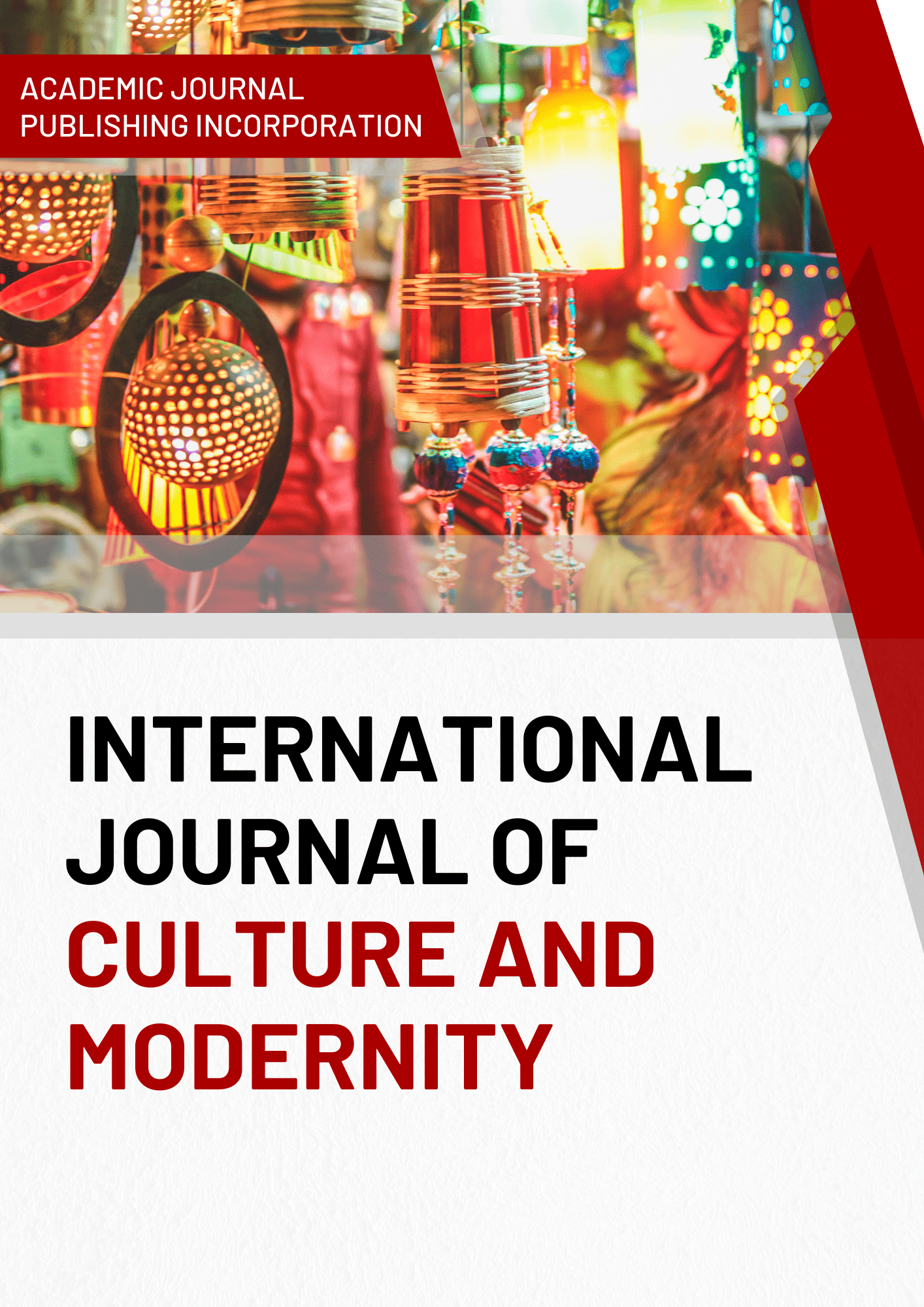The Role of Managers with Modern Knowledge in Improving Management Efficiency
DOI:
https://doi.org/10.51699/ijcm.v14i.227Keywords:
socio-economic reforms, modern knowledge, enterprise, organization, management efficiency, management, leadership, healthy generation, economic, political and social development, cultural and spiritual renewalAbstract
At a time when socio-economic reforms are deepening in our country the role of leading cadres with modern knowledge, their the importance of improving management efficiency and educating a healthy generation.
References
Speech at the joint session of the Legislative Chamber and the Senate of the Oliy Majlis dedicated to the inauguration of the President of the Republic of Uzbekistan.Tashkent, December 14, 2016.
Karimov I.A.Our priority is to modernize our country and build a strong civil society. Report of the joint session of the Legislative Chamber and the Senate of the Oliy Majlis of the Republic of Uzbekistan. People's Word newspaper, January 28, 2010.
Karimov I.A. Our path is one of deepening democratic reforms and continuing the process of modernization. Volume 20 - T .: Uzbekistan, 2012. 207-p.
Karimov I.A. Further deepening of democratic reforms and formation of civil society are the main criteria for the development of our country. Volume 19 - T .: Uzbekistan, 2011. –B. 287-288
Karimov's speech at the special session of the Surkhandarya Regional Council of People's Deputies on December 19, 2013.-People's newspaper, December 21, 2013.№ 250 (5924)
Arzimatova, I. (2019). Art industry development of society and society culture. Scientific Bulletin of Namangan State University, 1(1), 129-134.
Arzimatova, I. (2019). Aesthetic education, its features and structure. Scientific Bulletin of Namangan State University, 1(6), 219-222.
Madimarovna, A. I. (2020). The Role of Art in Youth’s Aesthetic Education. Cross-Cultural Communication, 16(1), 121-123.
Арзиматова, И. М. (2020). Искусство как своеобразное средство воспитания. Вестник педагогики: наука и практика, (51), 116-117.
Арзиматова, И., & Муминов, Ж. (2019). Секция «Философские Науки». ББК 60 А, 43, 234.
Арзиматова, И. М. (2016). К вопросу о созидательном потенциале национальной эстетической культуры в гражданском обществе. Молодойученый, (3), 1112-1114.
Arzimatova, I. M. (2020). Spiritual Culture Of Personality And Artistic And Aesthetic Changes. Scientific Bulletin of Namangan State University, 2(11), 160-165.
Арзиматова, И., &Муминов, Ж. (2019). Роль и значение эстетической морали в процессе совершенствования молодого поколения. ББК 60 О, 23, 60.
Арзиматова, И. М. (2019).Социально-психологические особенности национальной эстетической культуры. In Условия социально-экономического развития общества: история и современность (pp. 9-12).
Арзиматова, И., & Муминов, Ж. (2019). Взаимосвязь экологического и эстетического образования. In Актуальные вопросы развития современной науки и образования (pp. 234-236).
Axadjonovich, Q. A., &Mamasodiqovna, N. M. (2021, May). MARGILAN LARGE ASHULA SCHOOL. In E-Conference Globe (pp. 292-298).
Юлбарсова, Х. А. (2021). Волонтёрство-Это Фактор Формирования Коммуникативной Компетентности У Будущих Специалистов. Человек. Наука. Социум, (1), 228-237.
Мирзарахимов, Б. Х. (2019). Культура туризма как стратегия развития книговедения. In перспективные области развития науки и технологий (pp. 57-58).
Mirzarahimov, B. (2019). The factor of good neighborhood and tourism development (Philosophical analysis). Scientific Bulletin of Namangan State University, 1(1), 140-145.
Мирзарахимов, Б. Х. (2019). Культуратуризмакакстратегияразвитиякниговедения. In перспективные области развития науки и технологий (pp. 57-58).
Mirzarakhimov, B. (2020). Tourism–is a modern means of aesthetic education. СБОРНИКСТАТЕЙ.
Mirzarahimov, B. H., Narmanov, U. A., Dekhkanova, N. S., Ortikov, O. H., & Uktamov, K. F. The Role Of Uzbek Tourism Culture And Its Historical And Cultural Transformation Processes In Economic Development.
Mirzarahimov, B. (2019). The factor of good neighborhood and tourism development (Philosophical analysis). Scientific Bulletin of Namangan State University, 1(1), 140-145.







